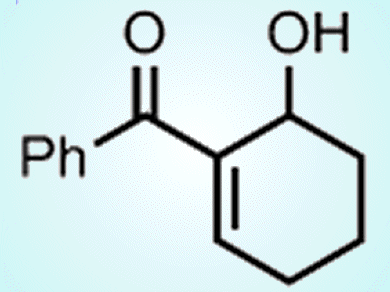The intramolecular Morita–Baylis–Hillman (MBH) reaction is one of the most useful transformations for the synthesis of densely functionalized cyclic molecules. However, this reaction requires a stoichiometric amount of activator or high catalyst loading (>20 mol %), and a long reaction time (typically >24 h) to achieve synthetically useful yields of the products.
The solution to these problems is a quite simple. That is, the use of two readily available catalysts in the reaction. The research group led by Hiroki Mandai and Seiji Suga, Okayama University, Japan, has developed an efficient intramolecular MBH reaction of 1,7-dicarbonyl compounds by combining a nucleophilic catalyst (4-dimethylaminopyridine (DMAP), 4-pyrrolidinopyridine (PPY), or PBu3) and 1,3-diphenyl-2-thiourea to give MBH products in high yields within a few hours. Two catalysts synergistically accelerate the intramolecular MBH reaction.
Such remarkable enhancement of the rate of the intramolecular MBH reaction of unreactive substrates has not been reported previously, and the current findings should shed light on a general approach to design more practical and rational MBH reactions.
- Remarkable Enhancement of the Rate of the Intramolecular Morita-Baylis-Hillman Reaction by the Combination of a Nucleophilic Catalyst and 1,3-Diphenyl-2-thiourea,
Hiroki Mandai, Keita Shimowaki, Koichi Mitsudo, Seiji Suga,
Asian J. Org. Chem. 2014, 3, 437–441.
DOI: 10.1002/ajoc.201402001




